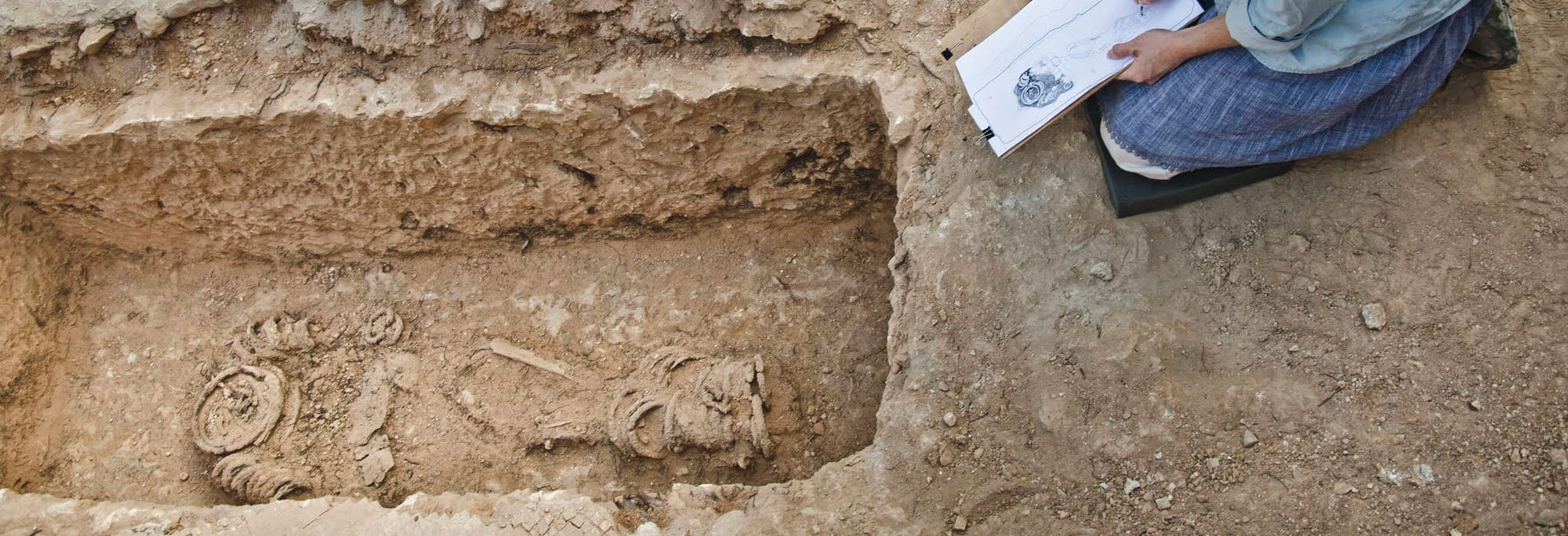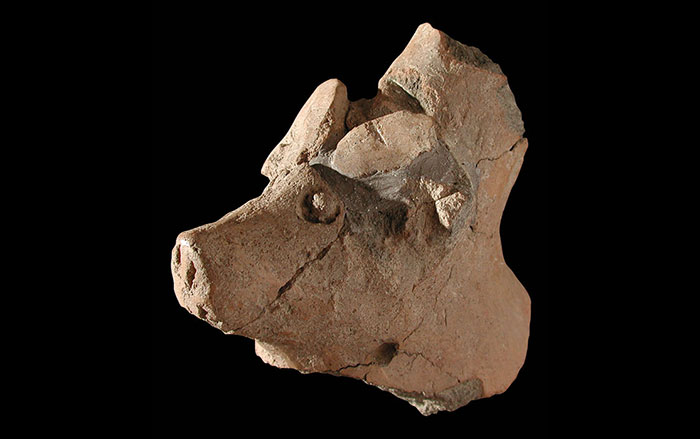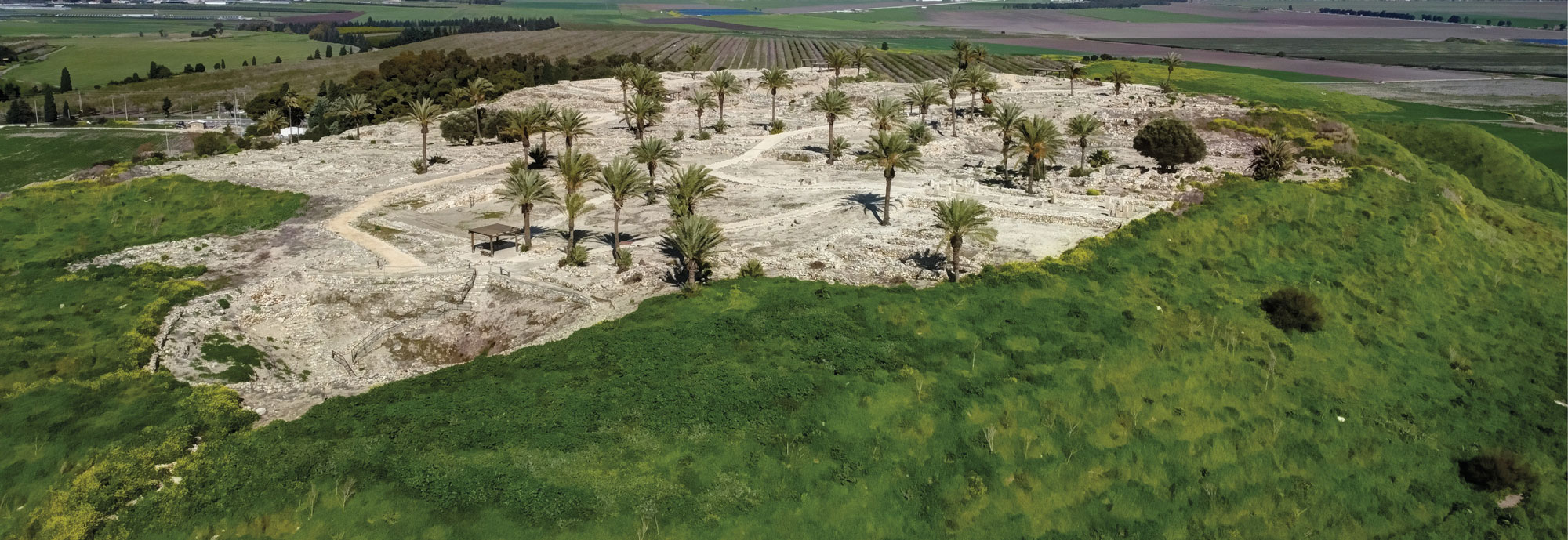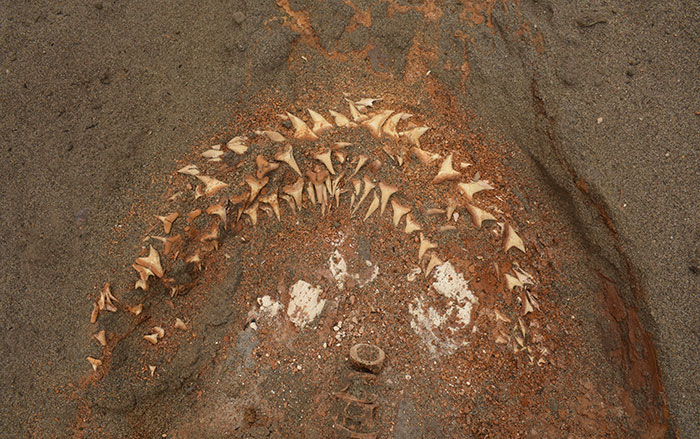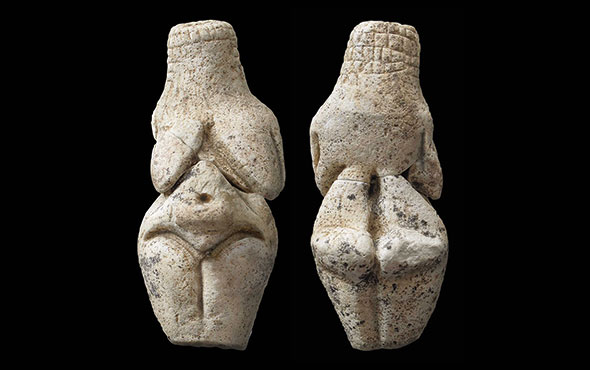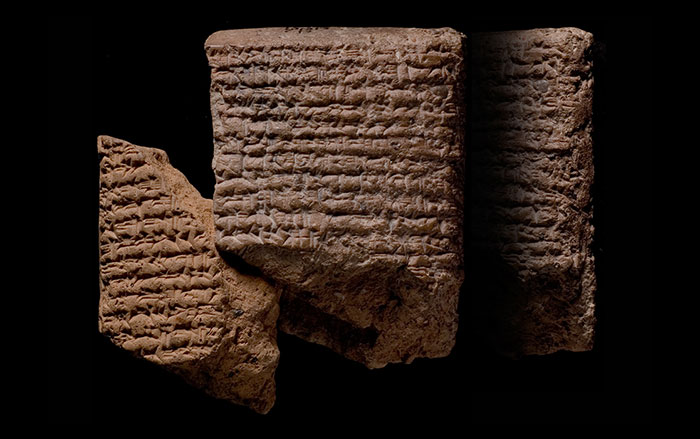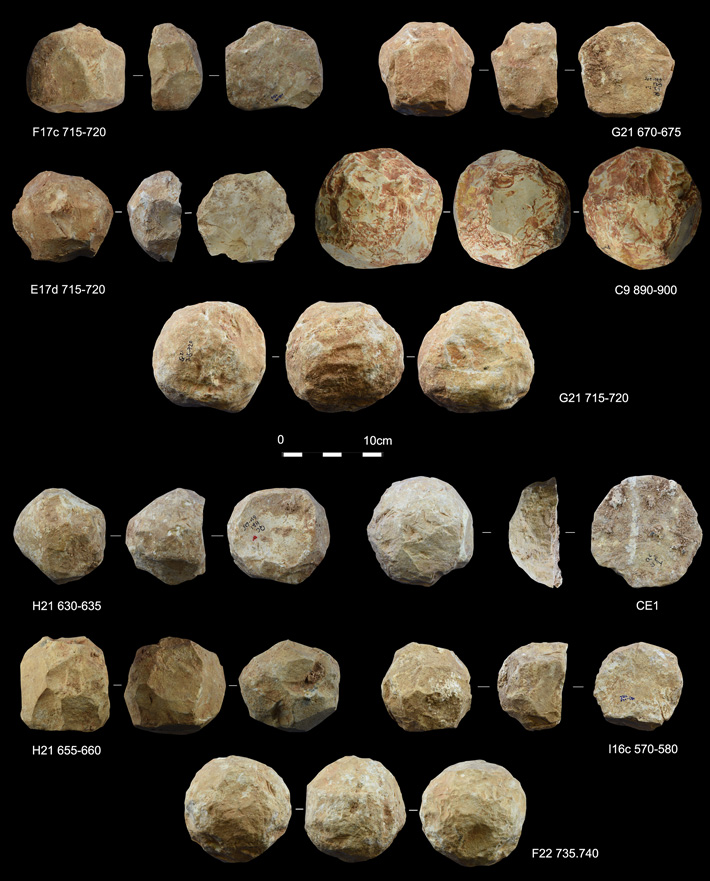
TEL AVIV, ISRAEL—According to a Haaretz report, an international team of researchers led by Ella Assaf of Tel Aviv University suggests that stone spheres unearthed in central Israel’s Qesem Cave were used to break up large animal bones in order to extract their nutritious, high-calorie marrow. Examination of the artifacts also indicates the cave’s residents may have collected the spheres from an older site and reused them, since such spheroids found in the Middle East usually date to between 1.4 million and 500,000 years ago, and Qesem Cave was inhabited between 400,000 and 200,000 years ago. These stone balls were made of dolomite or limestone, which is not found in the area, and they were covered with a different patina than other tools found in the cave, Assaf explained, which suggests the spheres were stored in another environment over a long period of time. Microscopic analysis of the artifacts revealed wear and tear on their ridges, as well as residues of fat, collagen, and bone. The team members recreated the spheres, and used the new tools to break open fresh animal bones. And although the experiment reproduced the marks found on the prehistoric tools, they were tricky to make. “One little mistake and the sphere can break in half, or you can keep fixing the ridges and end up with a very tiny, useless ball,” Assaf said. Recycling the ancient tools was therefore worthwhile, she said. To read about Paleolithic evidence for the use of fire in the Levant, go to "Catching Fire and Keeping It."


